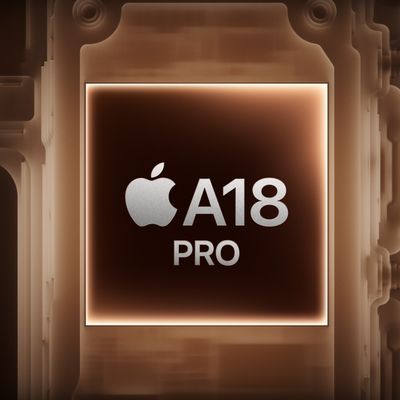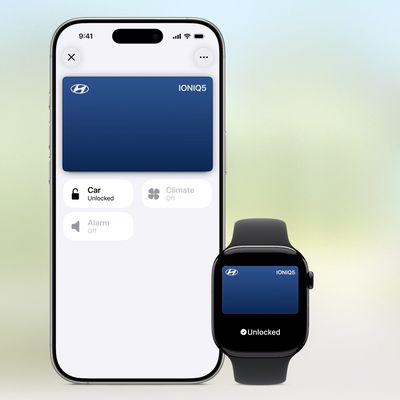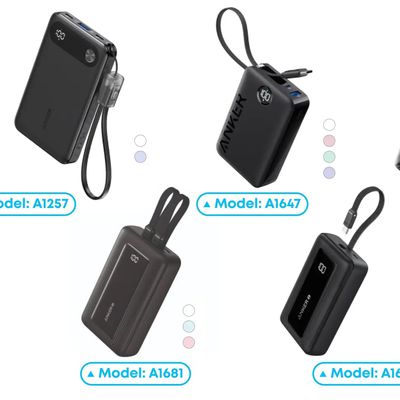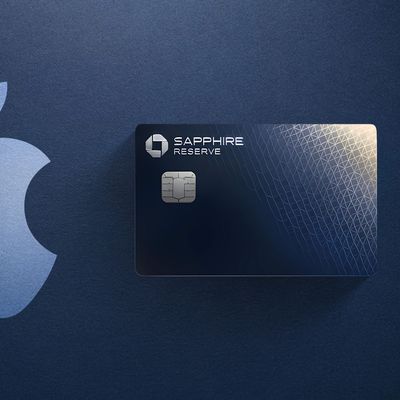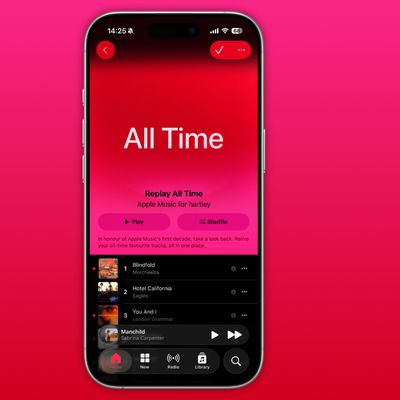FCC Pointing to iPad as Harbinger of Increased Wireless Spectrum Needs
MacNN points to a blog post written earlier this week by Phil Bellaria, a director in the National Broadband Task Force at the U.S. Federal Communications Commission (FCC), expressing concern over increasing cellular network congestion and citing Apple's iPad introduction as the spark for renewed fears.
Apple's iPad announcement has set off a new round of reports of networks overburdened by a data flow they were not built to handle. These problems are reminiscent of the congestion dialup users experienced following AOL's 1996 decision to allow unlimited internet use. For months users had trouble connecting and, once they did connect, experienced frequent service outages. The FCC even held hearings on the problem.
Despite the fact that the iPad has yet to begin shipping, Bellaria uses the concerns as fuel for his task force's push to free up additional wireless spectrum for such important and fast-growing uses as wireless broadband.
Reaching an always-on wireless broadband future means that spectrum can no longer remain attached solely to uses deemed valuable decades ago. The broadband plan will suggest ways of moving more spectrum into high value uses, such as broadband access, to help ensure that we don't get stuck in 1997 dialup-style congestion.
AT&T, Apple's U.S. wireless partner for the iPhone and the upcoming service provider for the iPad, has received substantial criticism for its network performance as it has struggled to keep up with surging data traffic demands driven in large part by the popularity of the iPhone. But while AT&T is in the process of spending billions of dollars on its own infrastructure, the FCC reminds observers of the role it will play in the allocation of resources as it attempts to define a national plan for broadband access for an interconnected web of wired, wireless, and satellite technologies.
Popular Stories
Apple's next-generation iPhone 17 Pro and iPhone 17 Pro Max are less than three months away, and there are plenty of rumors about the devices.
Apple is expected to launch the iPhone 17, iPhone 17 Air, iPhone 17 Pro, and iPhone 17 Pro Max in September this year.
Below, we recap key changes rumored for the iPhone 17 Pro models:Aluminum frame: iPhone 17 Pro models are rumored to have an...
Apple is developing a MacBook with the A18 Pro chip, according to findings in backend code uncovered by MacRumors.
Earlier today, Apple analyst Ming-Chi Kuo reported that Apple is planning to launch a low-cost MacBook powered by an iPhone chip. The machine is expected to feature a 13-inch display, the A18 Pro chip, and color options that include silver, blue, pink, and yellow.
MacRumors...
In 2020, Apple added a digital car key feature to its Wallet app, allowing users to lock, unlock, and start a compatible vehicle with an iPhone or Apple Watch. The feature is currently offered by select automakers, including Audi, BMW, Hyundai, Kia, Genesis, Mercedes-Benz, Volvo, and a handful of others, and it is set to expand further.
During its WWDC 2025 keynote, Apple said that 13...
Apple hasn't updated the AirPods Pro since 2022, and the earbuds are due for a refresh. We're counting on a new model this year, and we've seen several hints of new AirPods tucked away in Apple's code. Rumors suggest that Apple has some exciting new features planned that will make it worthwhile to upgrade to the latest model.
Subscribe to the MacRumors YouTube channel for more videos.
Heal...
Apple is planning to launch a low-cost MacBook powered by an iPhone chip, according to Apple analyst Ming-Chi Kuo.
In an article published on X, Kuo explained that the device will feature a 13-inch display and the A18 Pro chip, making it the first Mac powered by an iPhone chip. The A18 Pro chip debuted in the iPhone 16 Pro last year. To date, all Apple silicon Macs have contained M-series...
Popular accessory maker Anker this month launched two separate recalls for its power banks, some of which may be a fire risk.
The first recall affects Anker PowerCore 10000 Power Banks sold between June 1, 2016 and December 31, 2022 in the United States. Anker says that these power banks have a "potential issue" with the battery inside, which can lead to overheating, melting of plastic...
Chase this week announced a series of new perks for its premium Sapphire Reserve credit card, and one of them is for a pair of Apple services.
Specifically, the credit card now offers complimentary annual subscriptions to Apple TV+ and Apple Music, a value of up to $250 per year.
If you are already paying for Apple TV+ and/or Apple Music directly through Apple, those subscriptions will...
As part of its 10-year celebrations of Apple Music, Apple today released an all-new personalized playlist that collates your entire listening history.
The playlist, called "Replay All Time," expands on Apple Music's existing Replay features. Previously, users could only see their top songs for each individual calendar year that they've been subscribed to Apple Music, but now, Replay All...



